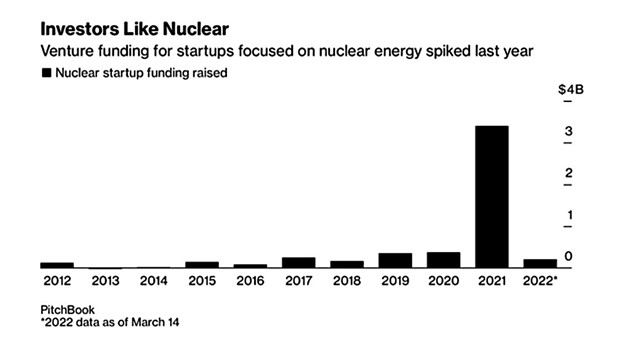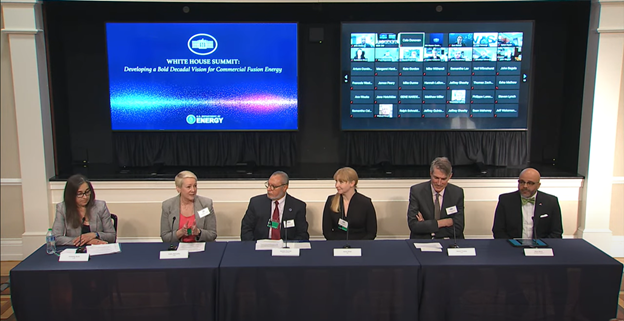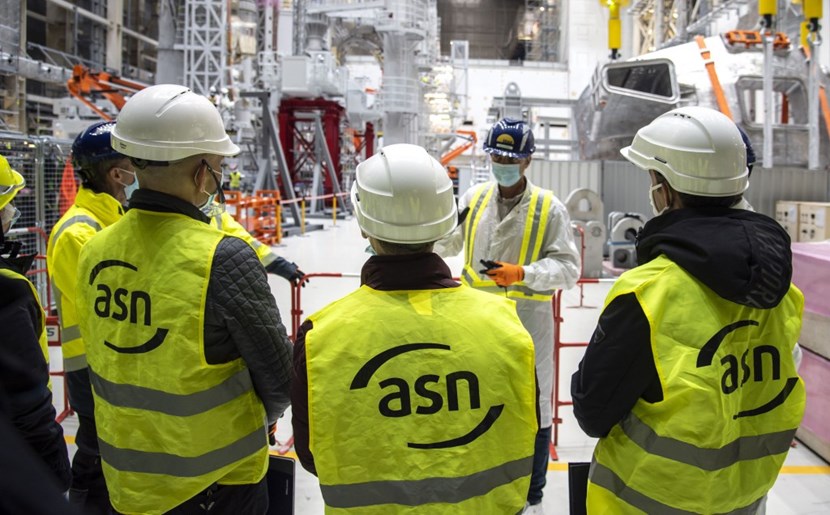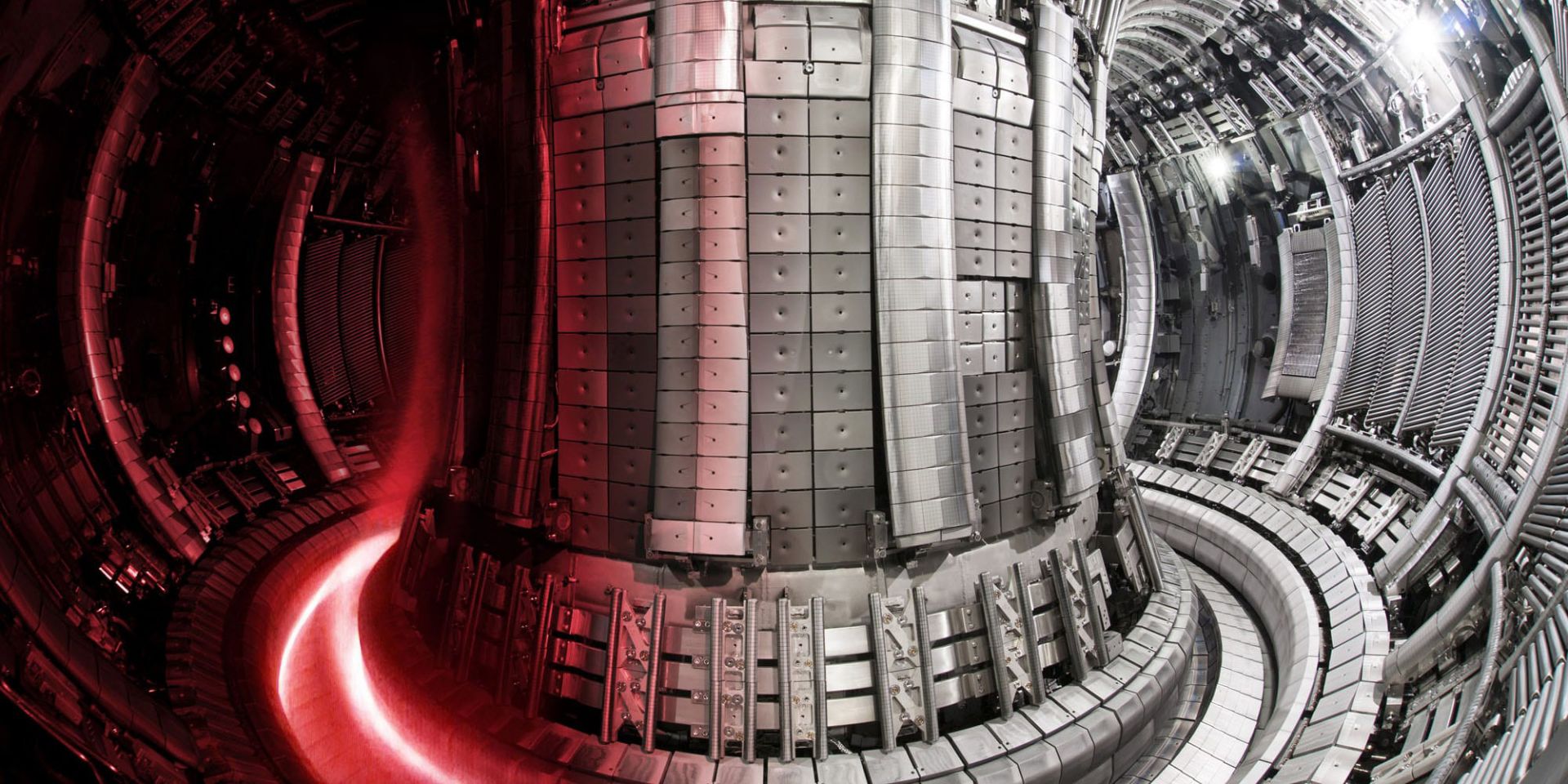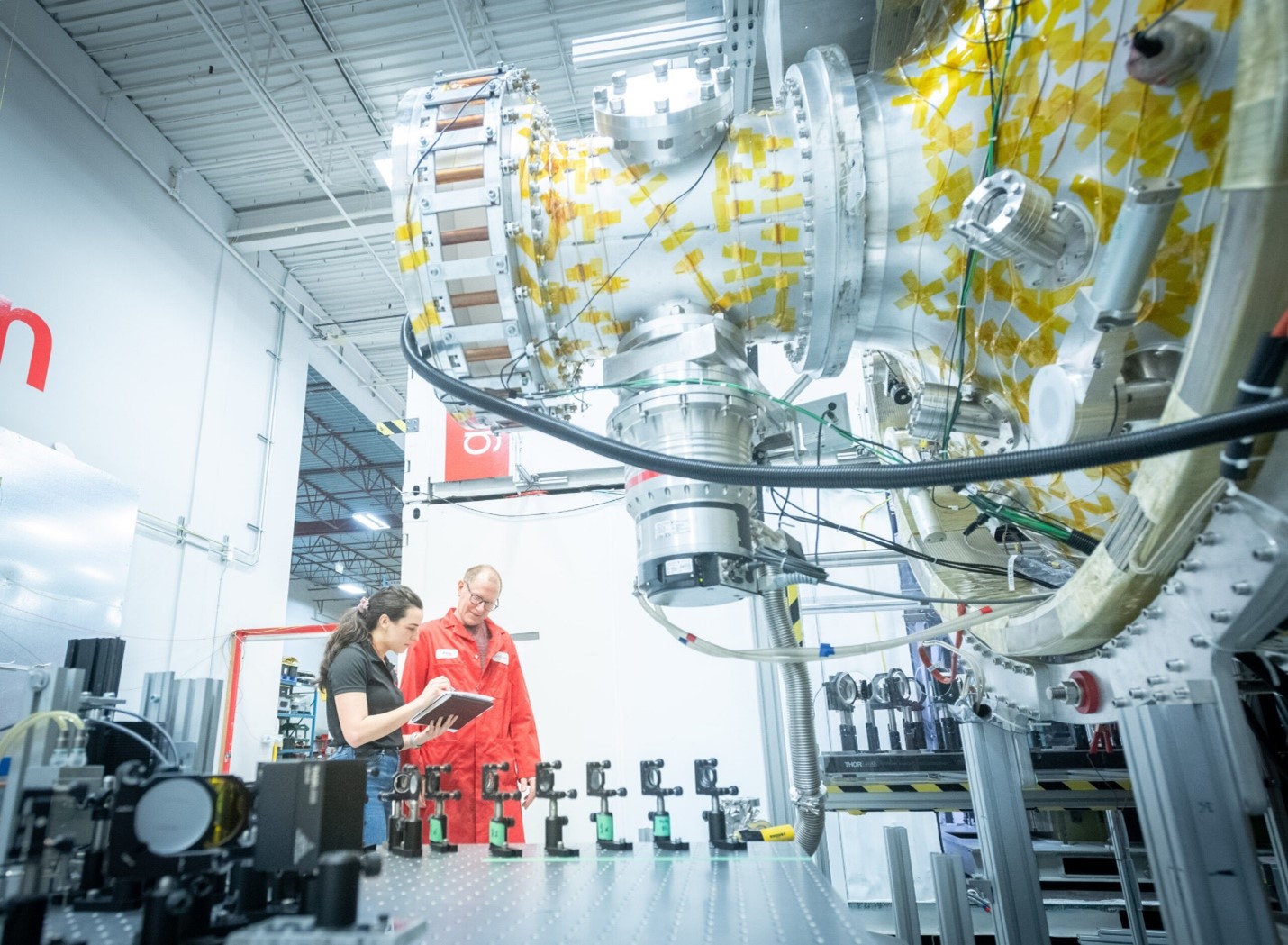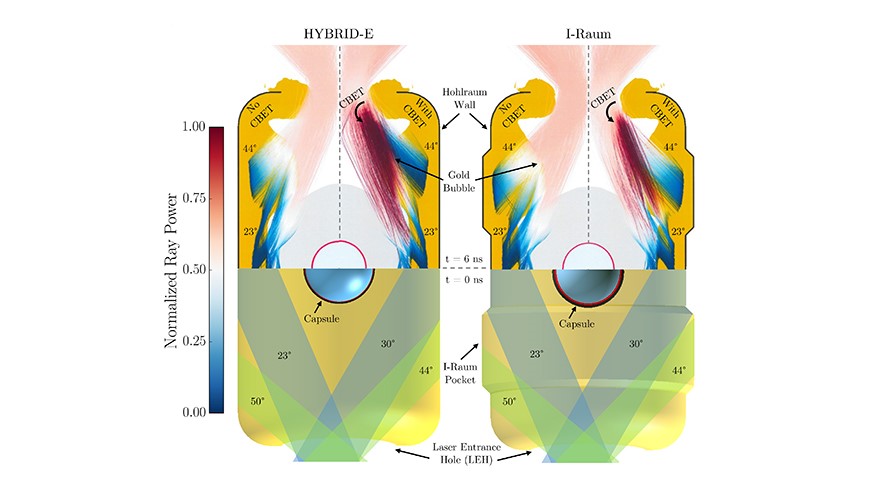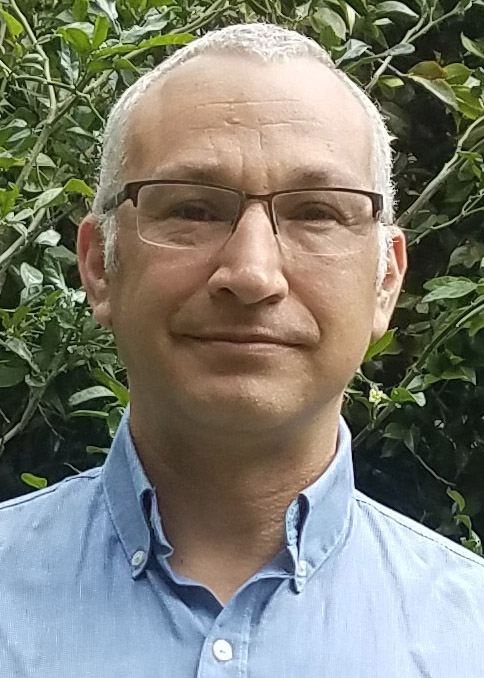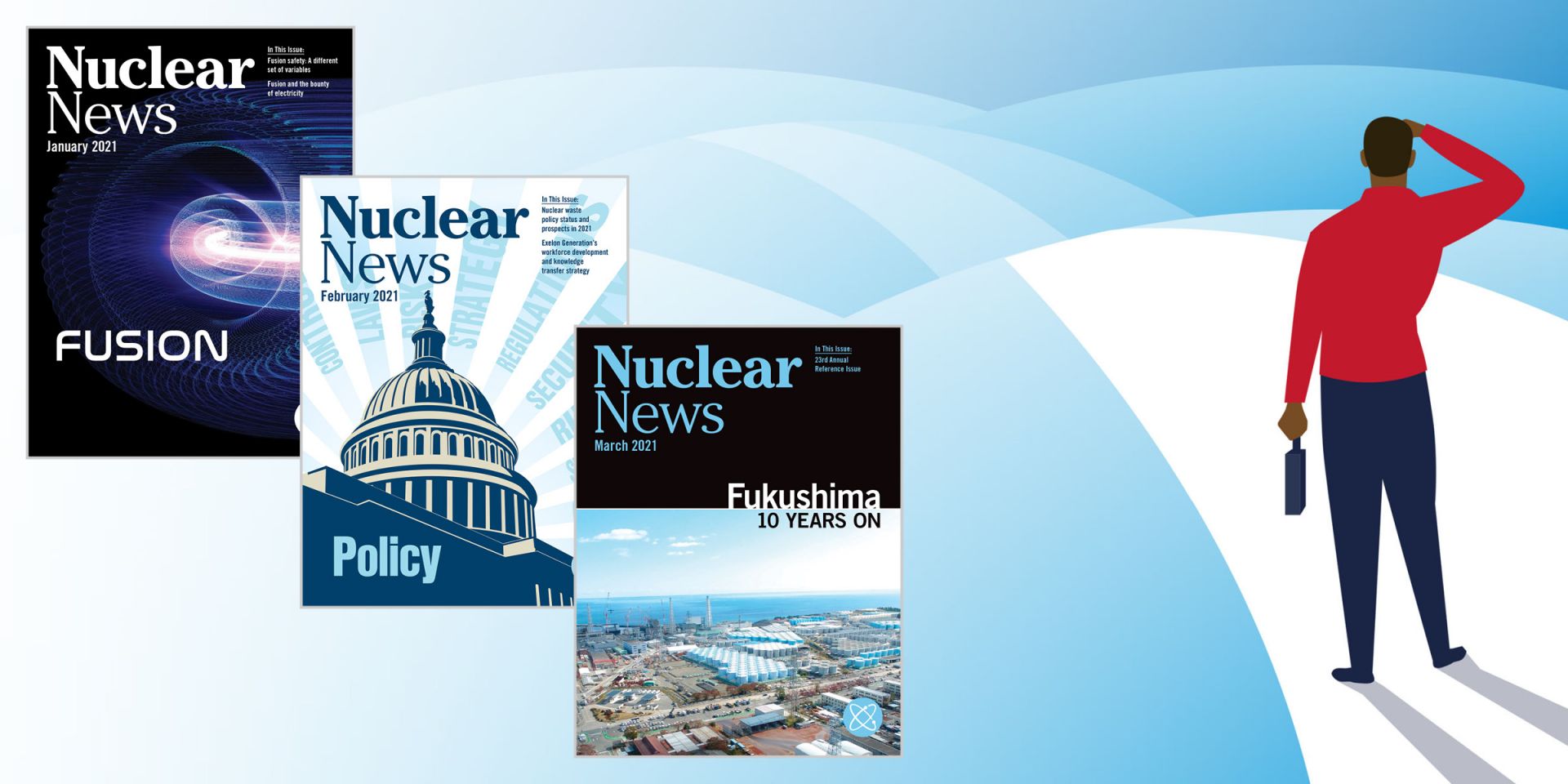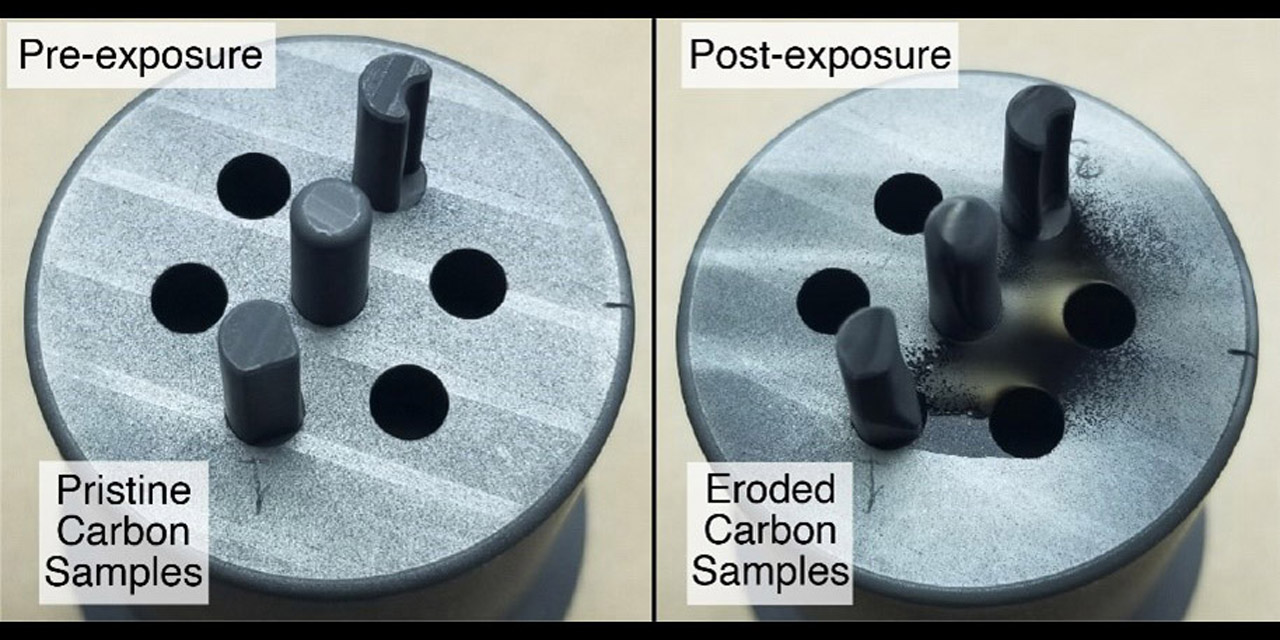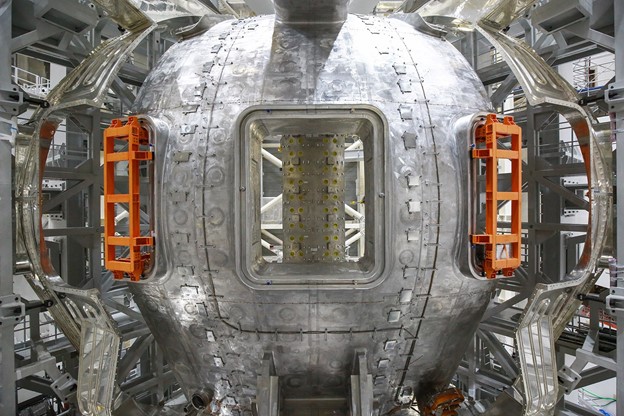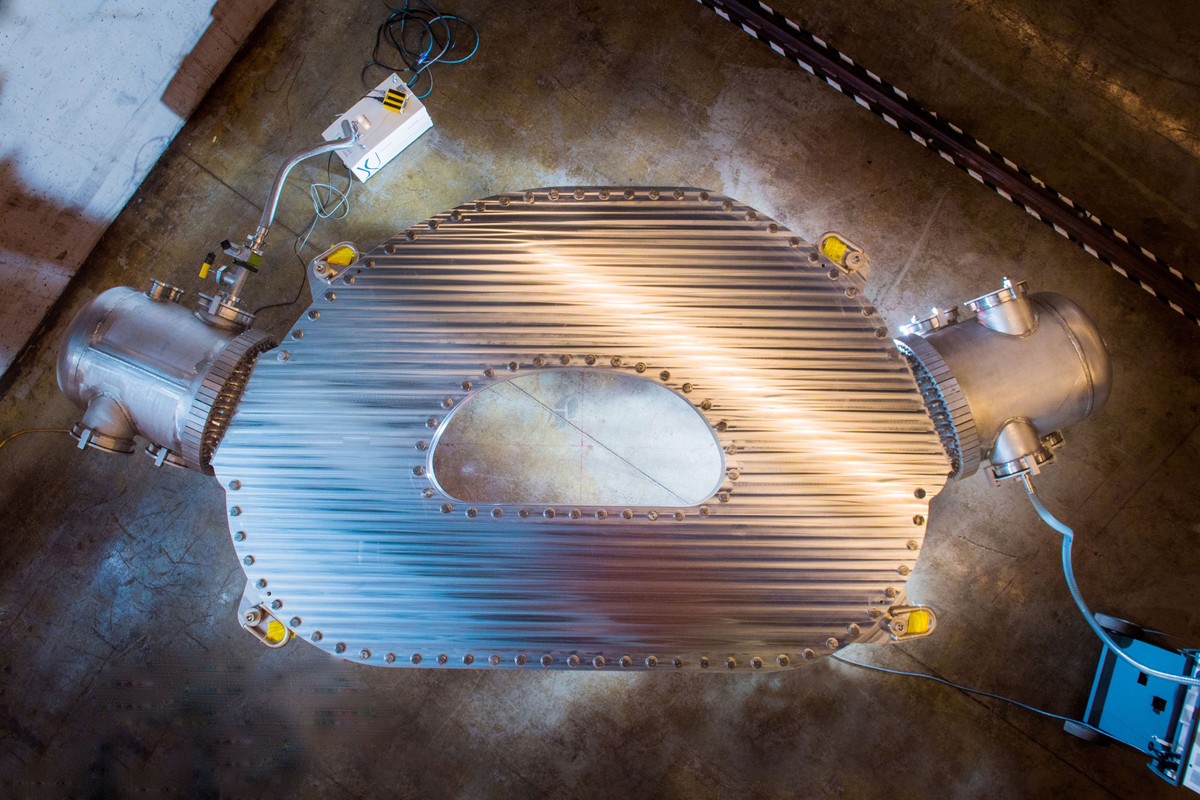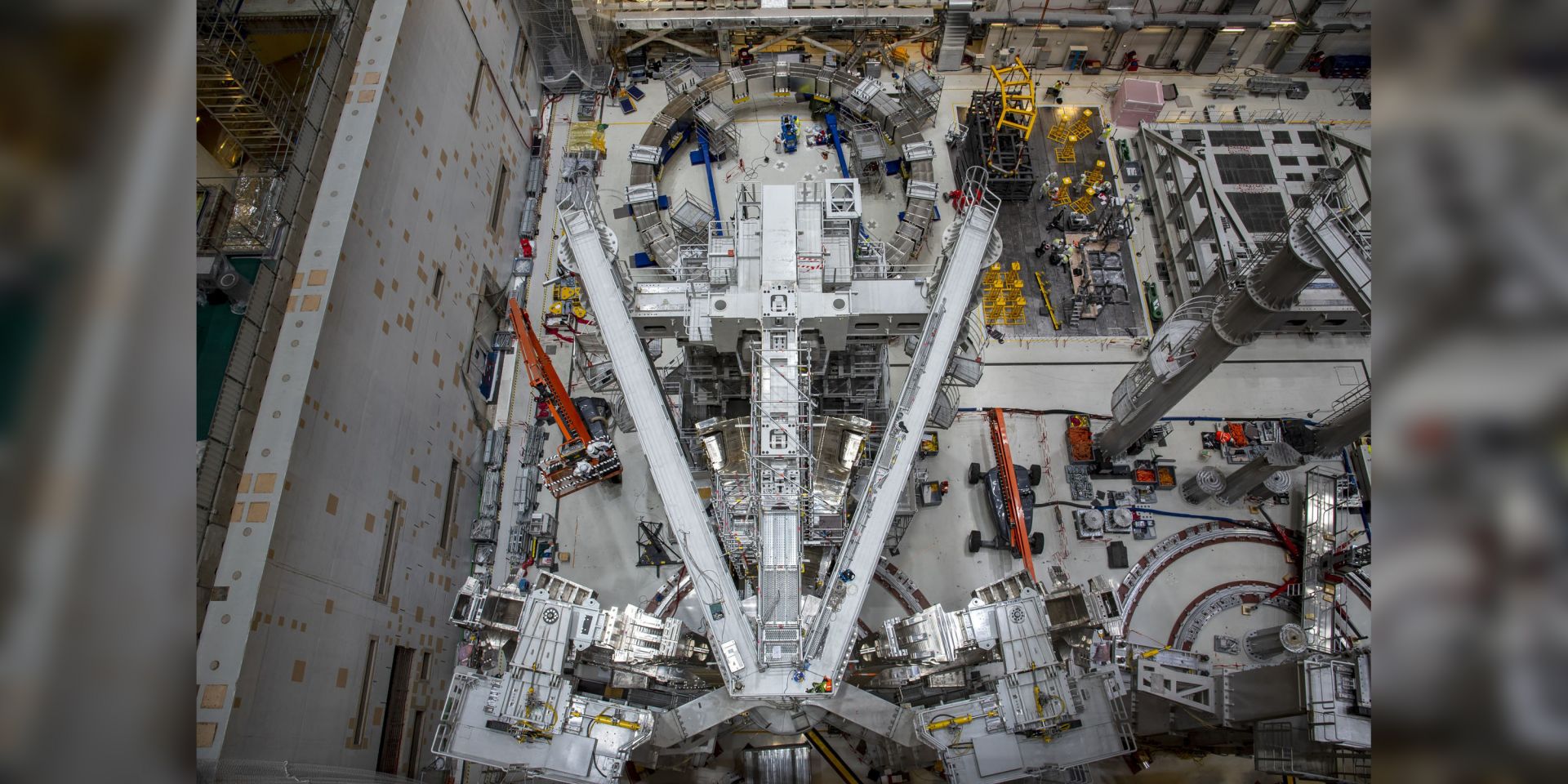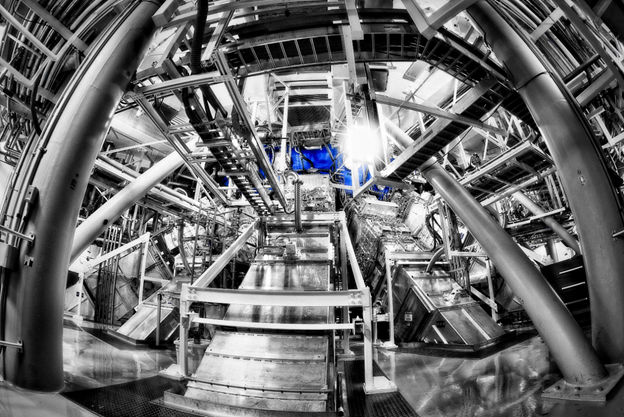Data from research firm PitchBook show a spike in nuclear investment. (Graph: Bloomberg)
The trend of big-tech billionaires of Silicon Valley investing in next-generation nuclear energy startup companies continues. In a March 22 article on the Bloomberg website, Lizette Chapman, of the site’s venture capital group, writes that these investors view nuclear power as “a solution to both cutting carbon emissions and weaning the world off now-controversial Russian gas.”
A panel on the status and benefits of fusion technology featured, from left, Kimberly Budil (moderator), of Lawrence Livermore National Laboratory; Kathy McCarthy, of Oak Ridge National Laboratory; Abdalla Darwish, of Dillard University; Anne White, of the Massachusetts Institute of Technology; Steven Cowley, of Princeton Plasma Physics Laboratory; and Mark Berry, of Southern Company.
The White House Office of Science and Technology Policy and the Department of Energy cohosted the White House Summit on Developing a Bold Decadal Vision for Commercial Fusion Energy on March 17. The livestreamed event brought together fusion leaders from government, industry, academia, and other stakeholder groups to showcase recent achievements in fusion research and discuss the administration’s strategy to support the development of commercial fusion energy. Energy Secretary Jennifer Granholm’s announcement of a new agency-wide fusion energy initiative and a funding opportunity worth $50 million for magnetic confinement fusion research made March 17 a lucky day indeed for the U.S. fusion energy community.
Approval from French regulator ASN is required before ITER vacuum vessel welding can begin. (Photo: ITER)
In a February 28 article posted on the ITER Organization website, Gilles Perrier, head of ITER’s Safety and Quality Department, addressed the decision by French nuclear safety regulator ASN (Autorité de sûreté nucléaire) to delay the anticipated February 1 release of a preset tokamak assembly “hold point.”
The interior of JET with a superimposed plasma. (Image: EUROfusion)
A new record has been set by the world’s largest operating tokamak, the Joint European Torus (JET). According to the EUROfusion scientists and engineers who work on JET at the U.K. Atomic Energy Authority’s Culham Centre for Fusion Energy, the landmark experiment, announced on February 9, which produced 59 megajoules of fusion energy over five seconds, is powerful proof of fusion’s potential as a clean energy source.
General Fusion is aiming to operate a fusion demonstration plant in 2025. (Photo: Bruce Power/General Fusion)
Bruce Power, General Fusion, and the Nuclear Innovation Institute have signed a memorandum of understanding to evaluate the potential deployment of a fusion power plant in Ontario, including in a region on the shores of Lake Huron comprising three counties—Bruce, Grey, and Huron—that has been dubbed the Clean Energy Frontier. Together the three organizations plan to build on existing clean energy technologies and expertise in the region and lead stakeholder and public outreach activities to raise awareness of the potential benefits of fusion energy.
An illustration of the two inertial confinement fusion designs reaching the burning plasma regime, as published in a recent article in Nature. (Image: LLNL)
One of the last remaining milestones in fusion research before attaining ignition and self-sustaining energy production is creating a burning plasma, where the fusion reactions themselves are the primary source of heating in the plasma. A paper published in the journal Nature on January 26 describes recent experiments at Lawrence Livermore National Laboratory’s National Ignition Facility (NIF) that have achieved a burning plasma state.
A set of graphite rods was exposed to hot plasma in the DIII-D tokamak. Researchers measured the ablation behavior under extreme heat and particle flow to simulate conditions experienced by spacecraft heat shields during atmospheric entry. (Image: General Atomics)
As a spacecraft on a research mission hurtles at up to 100,000 miles per hour toward the surface of a gas giant like Jupiter, the atmospheric gases surrounding the spacecraft turn to plasma, and spacecraft temperatures increase to more than 10,000 °F.
Physicist Suying Jin with computer-generated images showing the properties of heat pulse propagation in plasma (Image: PPPL/Jin/Kiran Sudarsanan)
Researchers at the Department of Energy’s Princeton Plasma Physics Laboratory (PPPL) have developed a new model of how heat flows within plasmas. According to PPPL, the model could improve insights into the behavior of plasmas and may help engineers avoid the conditions that could lead to heat loss in future fusion facilities.
Five sites have been shortlisted for the U.K.’s STEP fusion facility. (Image: UKAEA)
The United Kingdom has announced a shortlist of five sites as the potential future home of the U.K. Atomic Energy Authority’s (UKAEA) prototype fusion energy plant, the Spherical Tokamak for Energy Production (STEP). A final decision on the plant’s location is to be made by the U.K.’s secretary of state for business, energy and industrial strategy around the end of 2022.
This June 2021 photo of ITER vacuum vessel sector #6 includes two panels of thermal shielding ready to slide into place. (Photo: ITER/Courtesy of Chang Hyun Noh)
Following a week of heightened attention to all things hydrogen preceding Hydrogen and Fuel Cell Day (October 8), Bernard Bigot, director general of the ITER Organization, published an op-ed on October 11 in The European Files, a magazine billed as an “effective work tool for European deciders.” Bigot’s article, “Hydrogen fusion: The way to a new energy future,” doubled as a fusion primer, promoting the technology as a future source of clean energy that is fueled by hydrogen and is capable of providing heat and power to produce more hydrogen.
(University of Rochester illustration/Michael Osadciw)
The U.K. government has just published Towards Fusion Energy: The UK Government’s Fusion Strategy, which sets out the goal of the United Kingdom's moving from “a fusion science superpower to a fusion industry superpower,” with a prototype fusion power plant being built in the country by 2040.
While a slightly ambitious plan, there are now about 20 startup companies working to achieve a Wright brothers’ moment in fusion sooner than that. This includes Commonwealth Fusion Systems, which is aiming for a working fusion power plant by 2030 and is the subject of Rivka Galchen’s October 4 New Yorker article, “Can Nuclear Fusion Put the Brakes on Climate Change?”
This large-bore, full-scale high-temperature superconducting magnet designed and built by Commonwealth Fusion Systems and MIT’s Plasma Science and Fusion Center is the strongest fusion magnet in the world. (Photo: Gretchen Ertl, CFS/MIT-PSFC)
A high-temperature superconducting magnet reached and maintained a magnetic field of more than 20 tesla in steady state for about five hours on September 5 at MIT’s Plasma Science and Fusion Center. Not only is the magnet the strongest high-temperature superconducting (HTS) magnet in the world by far, it is also large enough—when assembled in a ring of 17 identical magnets and surrounding structures—to contain a plasma that MIT and Commonwealth Fusion Systems (CFS) hope will produce net energy in a compact tokamak device called SPARC in 2025, on track for commercial fusion energy in the early 2030s.
Taken from above, this photo of the subassembly tool shows the complex system of alignment units used to slowly swing two toroidal field coils (bottom left and right) into position around the vacuum vessel sector. In the background, poloidal field coil #5 sits on the floor of the Assembly Hall, awaiting installation in the assembly pit in mid-September. (Photo: ITER)
Inside the ITER Assembly Hall, aided by a 20-meter-tall sector subassembly tool known as SSAT-2, the first of nine 40-degree wedge-shaped subassemblies that will make up the device’s tokamak is taking shape. On August 30, the ITER Organization announced that all the components of the first subassembly were in place on the SSAT-2. After the wings of the subassembly tool slowly close, locking two vertical coils in place around the outside of a vacuum vessel section that is already wrapped in thermal shielding, the completed subassembly will be ready for positioning in the ITER assembly pit in late October.
A color-enhanced photograph of the NIF target bay. (Photo: LLNL/Damien Jemison)
Lawrence Livermore National Laboratory is celebrating the yield from an experiment at the National Ignition Facility (NIF) of more than 1.3 megajoules of energy—eight times more than the yield from experiments conducted this spring and 25 times more than NIF’s 2018 record yield.
